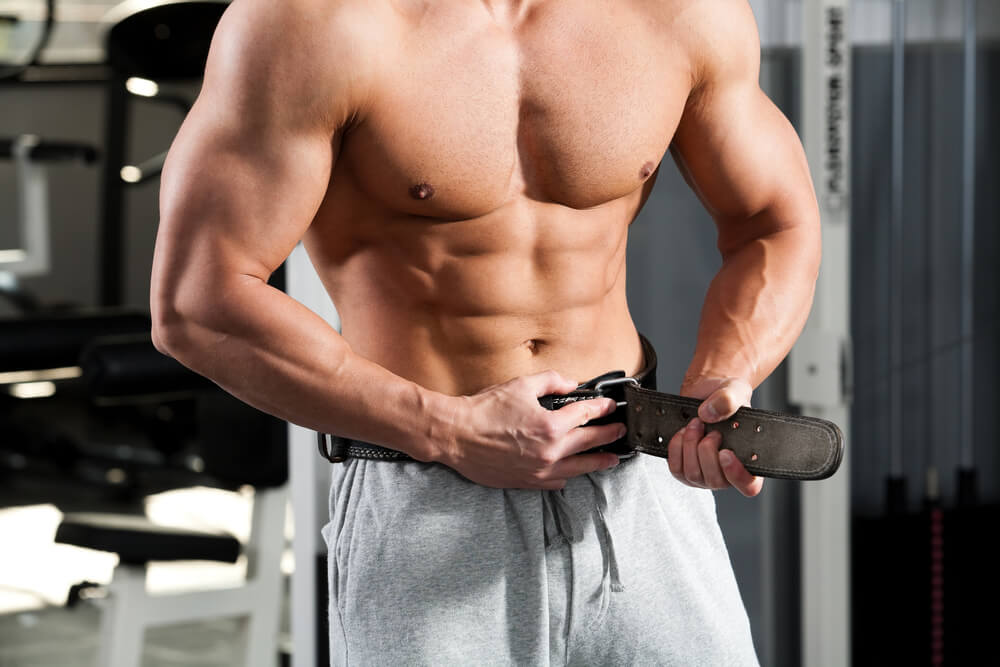
You’ve seen them. It seems most of your gym’s muscle guys have a weight belt. Are they useful? Should you get one? We give you the info you need to decide.
Weightlifting belts get a bad rap sometimes.
Why?
It might be because people do not quite have an understanding of how they can benefit you and keep you safe from injury. I’ve heard it many times: “weight belts will cause you to have a weak back.” But, that’s just not the case and I’ll explain why.
Many people have many different preferences when it comes to fitness equipment like weight belts, weight lifting straps and other accessories. The best way to get a feel for what works for you is to do some research, read a lot and ask plenty of questions.
Hopefully, I have the answers right here to some or most of your questions regarding weight belts.
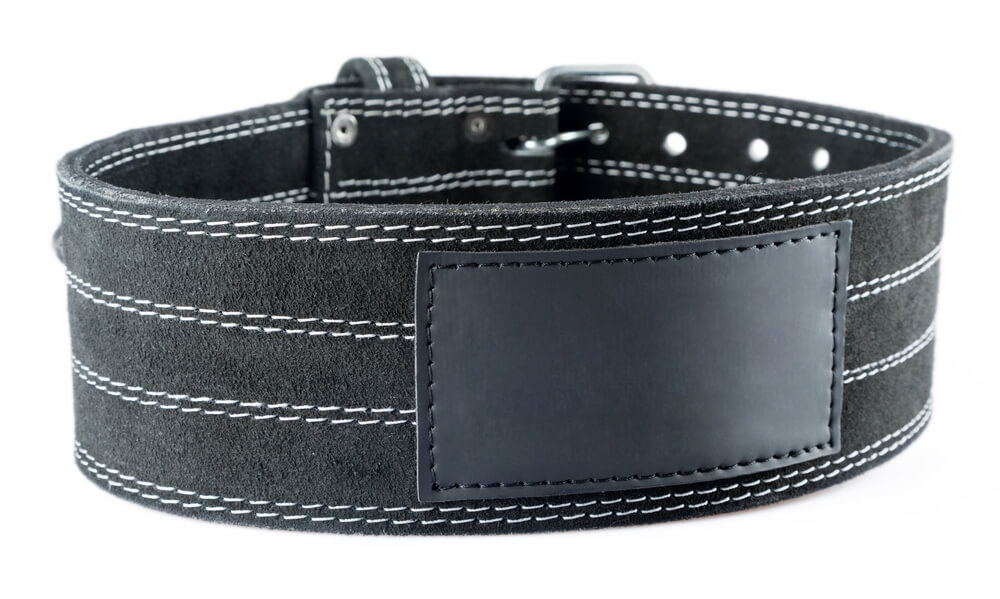
What Is The Main Function Of A Weight Belt?
Some people assume that the main purpose of a weight belt is to support your back muscles, but that’s not actually the main function. What it does is increase your intra-abdominal pressure. This acts as a brace to stabilize and strengthen your spine during very heavy lifts. The weight belt pretty much provides a wall for your abs to push against, so with the abundance of pressure and very limited space, it will result in an increased amount of anterior pressure on your spine, which will help to stabilize it.
The proper method for increasing the intra-abdominal pressure is the Valsalva maneuver. This is done by taking a big breath of air and directing it to your belly instead of your chest and forcing exhaling with a closed throat, making your belly stick out and creating pressure to be built up in your midsection.
By using a weight belt, you can significantly reduce your chances of a spinal injury by stabilizing your spine and reducing compression on the intervertebral discs by up to 50%. It will also allow you to put the focus on lifting with your legs, as you should, instead of focusing on stabilizing the spine.
Doesn’t Using A weight lifting belt Decrease Core Strength?
The short answer is no. A lot of fitness-minded people claim that using a weight belt is just a crutch and that it will decrease lower back strength and overall core strength. This just isn’t true. Some of the strongest dead lifters in the world would not be caught without their weight belts during competitions and training sessions. It’s safe to say that they do not have weak lower backs.
Studies have shown that using a weight belt either has little effect at all on the erector spinae muscles (lower back muscles) or an increase of their engagement by up to 25%. They also show a significant boost in muscle activity in the rectus abdominals. This suggests that wearing a weight belt can actually increase core strength, not inhibit it.
If you are worried about any lack of core engagement, remember that lifting exercises like squats and deadlifts, when compared to core specific exercises like planks, leg lifts, and sit-ups, don’t train the core very hard at all anyway.
So check your form, breathing, and methods that pertain to the types of lifts you are doing and be sure to train your core separately. You can look into transverse abdominis exercises as well for great ideas.
Why?
Simple, no matter what, a strong core is beneficial in every way. We use our core muscles for just about everything from lifting to laughing so be sure to spend some quality time training it.
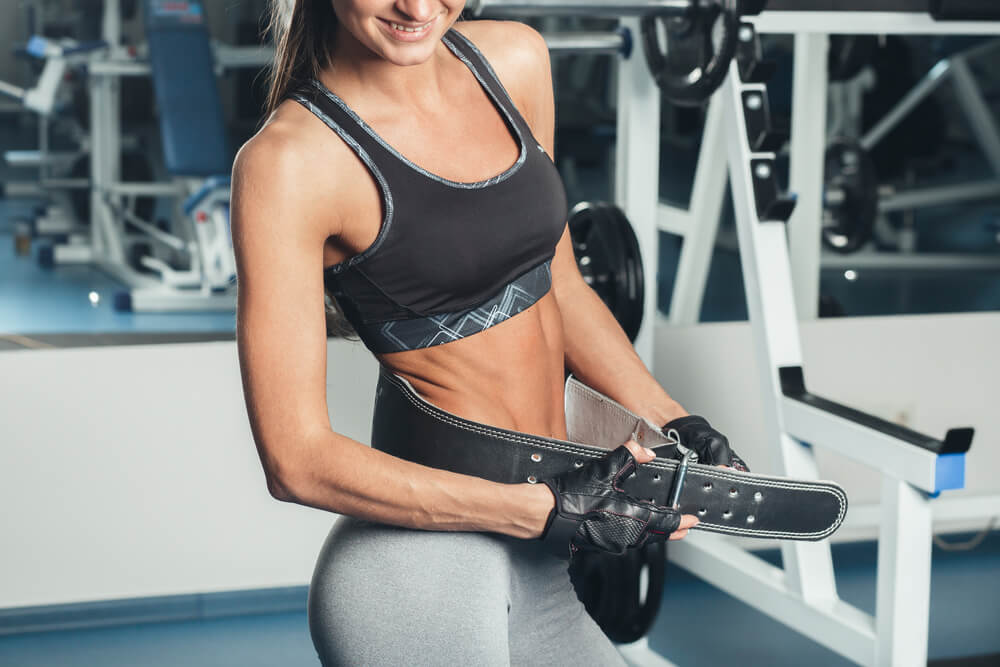
When You Should Wear A Weight Belt
Knowing what you know now about the reasons behind wearing the weight belt, it is a good idea to remember that a weight belt doesn’t automatically make you Superman. Please do not attempt to lift more than what you know you can handle. It won’t make up for bad form, and you may not need it for every rep of every workout.
With that being said, a good time to wear a weight belt is when you are lifting 65% or higher of your max weight while squatting or deadlifting, doing yolks, farmers walks, cleans, snatches and other types of lifts.
When I say you may not need the belt for every rep, that’s because if you are not maxed out and can maneuver a good lift, then go for it and slip on the belt when you reach the sets that really matter.
This Is When Not To Wear A Weight Belt
This can turn into a very long list very quickly but I will shorten it up. Basically, you don’t need a weight belt for lighter warm-up reps, or reps below 65% of your max, any lying exercises such as abs crunches, bench presses and any sitting exercises. You don’t need to wear it during running or riding a bike either (not that I think you would do that).
If you have any type of heart condition or other health conditions, it’s vital that you know that wearing a weight belt may not be for you.
Why?
It can increase your blood pressure significantly while wearing it so it’s a good idea for you to consult your doctor before you even think about buying a weight belt. After all, there is no need to be dropping hard earned cash on something that might be bad for you.
If you find that your weight belt inhibits certain movements, doesn’t allow you to go deep into your form, or causes anything alarming, then it’s best that you build your strength slowly, safely and without the use of a weight belt.
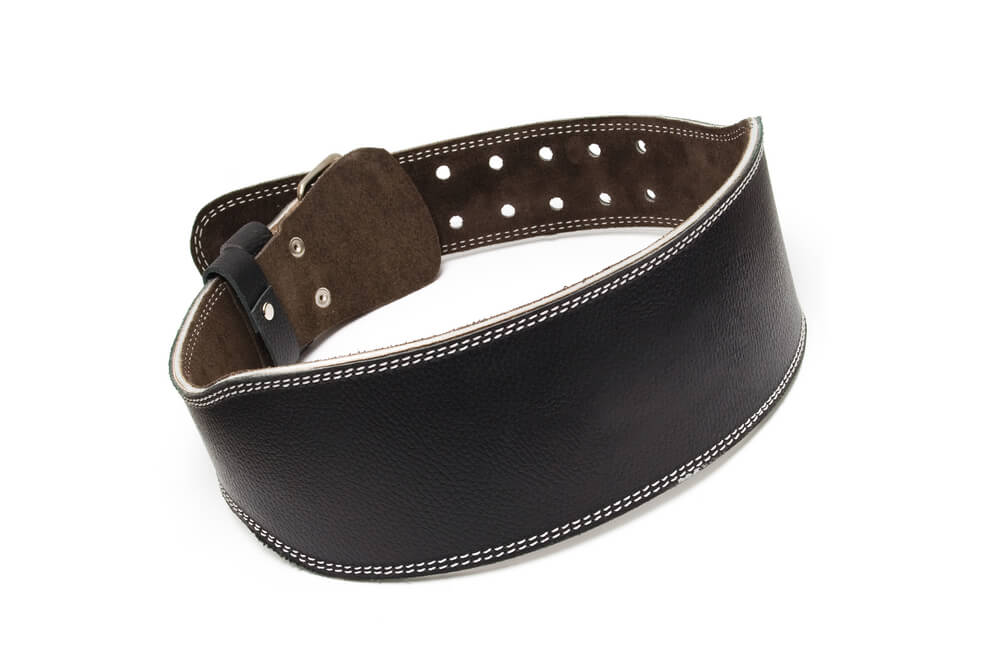
What Kind Of weight lifting belt Should You Buy?
You can ask around to various lifters and you are going to get various answers as to which is the best belt to buy. That’s because it all has to do with personal preferences such as the ease of putting on and removing the belt, the wideness, thickness, body type and even the cost. Just don’t get too stingy when it comes to the price.
Why?
Quality does matter when choosing a weight belt.
Something to keep in mind is that everybody is different. Some people have a shorter torso and may want to buy a narrower belt to avoid rubbing on your hipbones and ribs. This rubbing may be inevitable though because of certain positions you’ll take while wearing the belt. As a result, it may be best to plan on seeing a few bruises and rub marks along your hip bones and bottoms of your ribs.
As far as comfort goes, weight belts usually are far from being comfortable.
Why?
They are usually made of thick durable leather, making them very stiff. On the plus side, eventually, they can be broken in and softened up a bit. Still, it does take time.
If you are doing various exercises throughout your workout and taking the weight belt off quite a bit, you might want to opt for a belt with a single prong buckle or a lever, as opposed to one with double prong buckle. This will give you a quicker release so that you can move on to the exercises that don’t require a belt and it will be quicker to secure again for when you are ready.
The lever type belt can be a bit more expensive, but they will allow you to set the size and keep it there. The only downfall to that is that your belly size can vary based on hydration levels, body weight fluctuation and the clothes that you wear. These factors can make it a pain to readjust.
The best move when picking out a weight belt is to try and find one that gives you a little room for adjustment in both directions. You don’t want to go too huge and have a large tail flapping around, but you should have enough slack for growth and pushing. Also, a belt that is about three to four inches wide should be ample for all types of lifting. Any narrower and it won’t provide that much support. Any wider and it may not fit that well between your hips and your ribs.
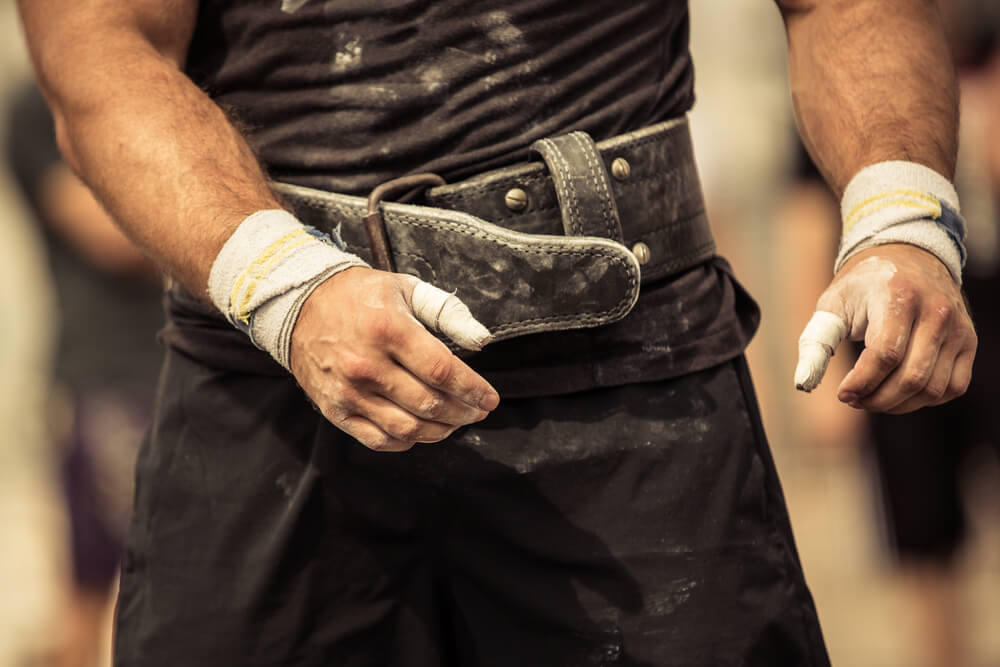
How To Wear A Weight Belt
You will want to set the belt just above your hipbones. This may be adjusted depending on which exercise you are doing. For instance, if you are doing squats, you may want to angle the front of the belt just above your navel to keep it from getting between you and getting low. For deadlifts, you can have it going straight across or angled upwards as well. Angling the belt down during a deadlift can interfere with your starting position so adjust it accordingly.
After the belt is set to the level you decide on, you can adjust how tight it needs to be.
How?
Take a deep breath and hold it while you brace your abs wall. Place it on the tightest notch that still allows you to take a full and deep breath into your belly.
If the belt is too tight, then you will not be able to make a proper isometric contraction. If the belt is too loose, then there will be nothing for your abs to push against, making it virtually pointless to wear. That’s why you should be sure to play around with it and find the right notch for you. Once it is secure, you are ready to lift.
Using A Weight Belt
As mentioned, a weight belt is not the most comfortable thing in the world. With that said, it definitely helps you get the job done safely and effectively when used the right way.
Now that your weight belt is set and tightened properly, it is all about breath control. You’ll want to take the deepest breath that you can, focusing on raising your belly and filling it with your breath. Your chest will rise, of course, but the focus needs to stay on your belly. At the same time you are drawing in the deep breath, contract your abs and push against them as though you are bracing yourself for a punch to the gut. Hold this throughout the entire exercise (squat, deadlift, press, etc).
When you are at the top of the movement, exhale very quickly and very shallowly, then contract your abs again and inhale quick and deep before the next rep. If you allow yourself to exhale slowly and completely during the top of the movement, this can cause your core to compress and you may not be able to regain rigidness without dropping the weights (unloading). Think about a bicycle tire. When you fill it with air, this allows it to hold the weight that’s put on it. When the tire is empty, well you get the point.
Make sure that you have your breath control figured out before you attempt to grab the weight. If you are doing a squat or press, get under the bar and tighten up everything before you lift. If you are doing anything from the floor such as deadlifts or cleans, get your breath control going before you even bend to pick up the bar.
Conclusion
Weight belts may not be for everyone, but they are definitely something to consider. Whether you are a powerlifter, bodybuilder or just someone trying to gain some strength, you may want to try it out for yourself.
With the many benefits offered, it wouldn’t hurt to take such a safety measure if it means maintaining your back health by preventing injuries, supporting your core and stabilizing your spine through strenuous lifts. The pros far outweigh the cons in this case so you are better off with a weight belt than without one.
By Heather Neff, CPT
Latest posts by Terry M (see all)
- Garage Gyms - Aug 1, 2018
- Kettlebells – Why They Should Be Added To Your Routine. - Jul 24, 2018
- Weight Belts: What Are They Really For? - May 31, 2018










Great article.
Thanks J appreciate it man!
Terry Asher
[…] Gym Junkies […]
this is amazing